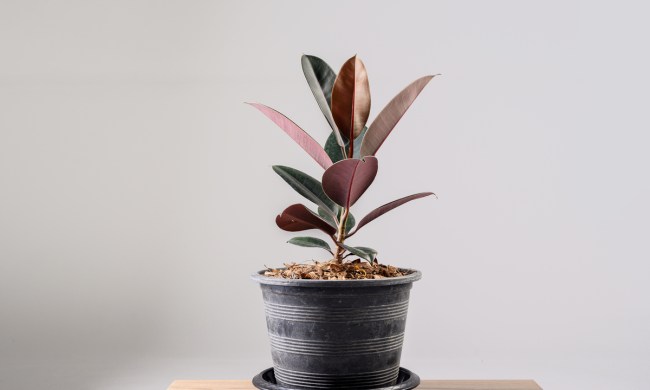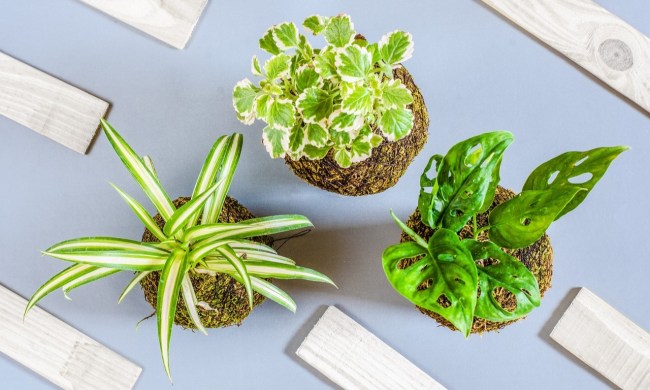
Studies show one person will generate 23 pounds of non-recyclable waste each year if that individual purchases one cup of coffee in a disposable cup each day. Now multiply that by the millions of people who drink coffee every day. To be more environmentally conscious, use one of these top-notch compostable coffee cups instead of the landfill-choking type.
To anyone wondering are coffee cups compostable, the short answer is: yes. Compostable cups are typically made are of corn starch, break down easily when composted, and help enrich the soil. You can purchase compostable coffee cups wholesale to save money and save the planet. Check out these leading compostable coffee cups and learn why they’re better all around.
Yes!fresh Paper Hot Cup
Best Coffee Cup Overall

When it comes to top-level compostable coffee cups, the Yes!fresh Paper Hot Cup ranks among the best. Produced from the highest grade and eco-friendly material, the eight-ounce cups are completely biodegradable and compostable. Sold in a 50-count package, the cups are ideal for everyday use in a home or office, or a party or other event.
Repurpose Compostable Plant-Based Clear Cold Cup
Best for Iced Coffee

Are you interested in an excellent compostable cup for iced coffee? Then check out the Repurpose Compostable Plant-Based Clear Cold Cup. Sold in a 50-count package, the 12-ounce cups are made from plants and soy-based inks and are certified compostable to break down in months
They are engineered to generate less carbon dioxide than a traditional plastic cup.
AmazonBasics Compostable Hot Paper Cup
Best Value

If a good compostable coffee cup at a good value is the equation you're seeking, see if the AmazonBasics Compostable Hot Paper Cup computes. Made of sturdy white paper and PLA laminated material, the 12-ounce cups come in a low-priced package of 1,000. They are engineered to be compostable and hold hot and steamy liquids, including coffee and tea.
LB LIVING BALANCE Disposable Compostable Coffee Cups
Best Coffee Set

If you're on the hunt for a good set of compostable coffee cups, get your hands on the LB LIVING BALANCE Disposable Compostable Coffee Cups. They are sold as a package of 100 12-ounce cups plus lids and stirrers that are completely compostable, plant-based, and free of any petrochemical derivatives. The cups offer two times more insulation capacity to eliminate the need for a sleeve.
Enjoy your cup of coffee a bit more by knowing you won’t be harming the environment when it’s empty. Use these eco-minded and well-designed compostable coffee cups the next time your need for java strikes.


